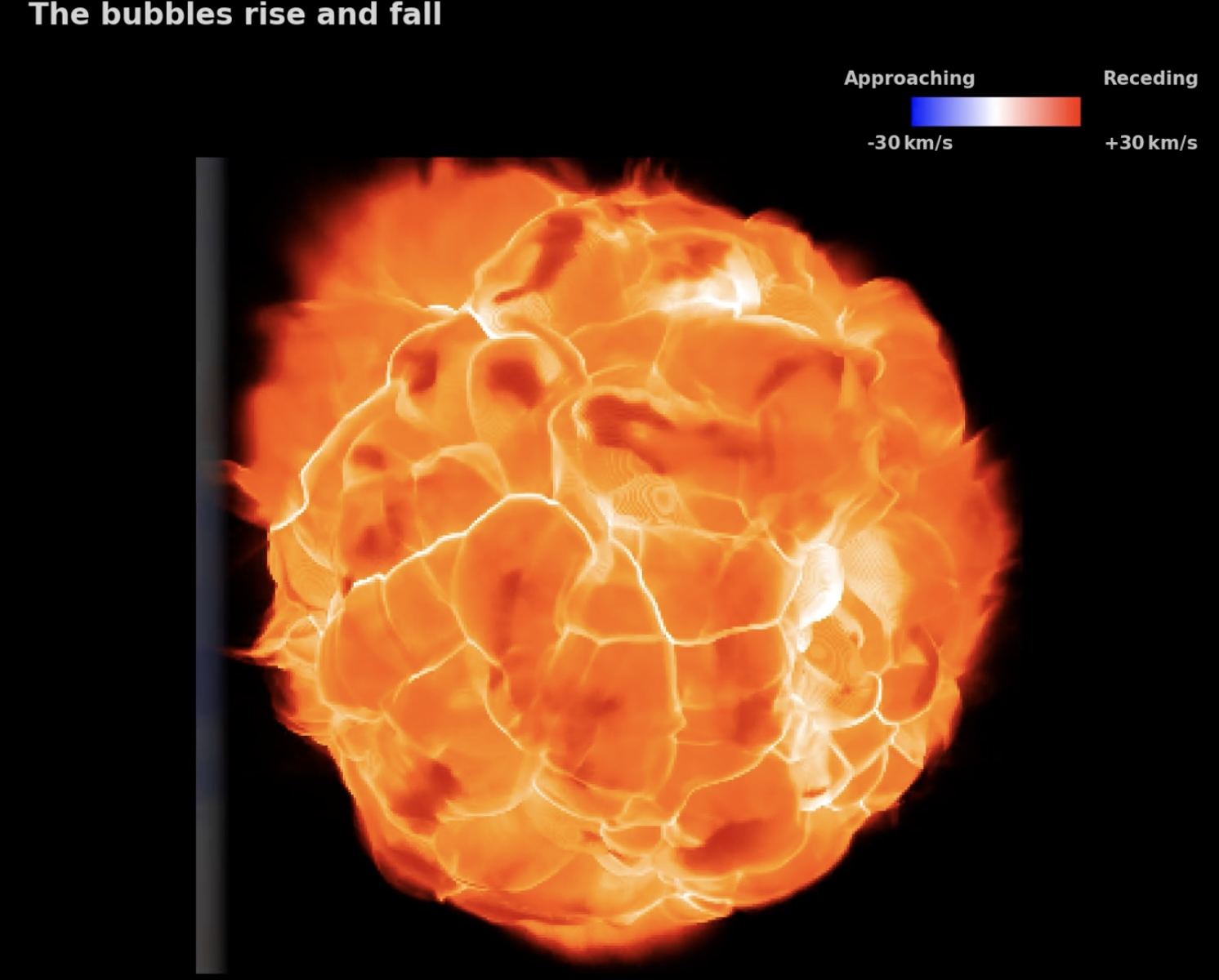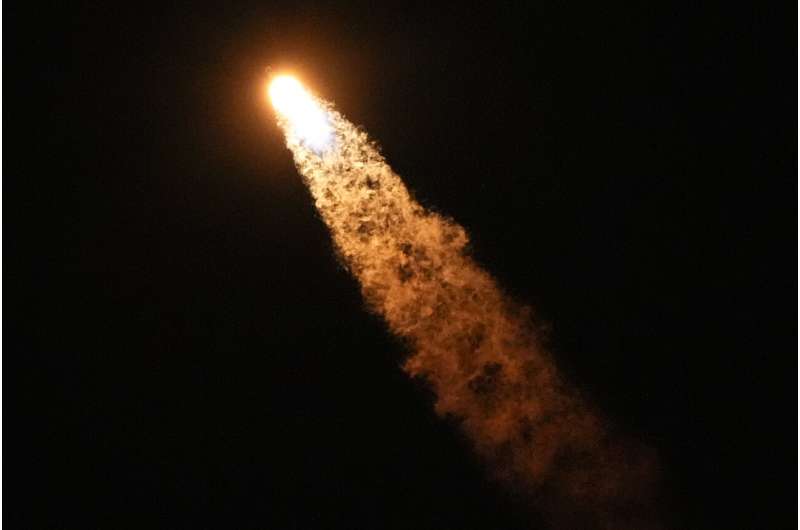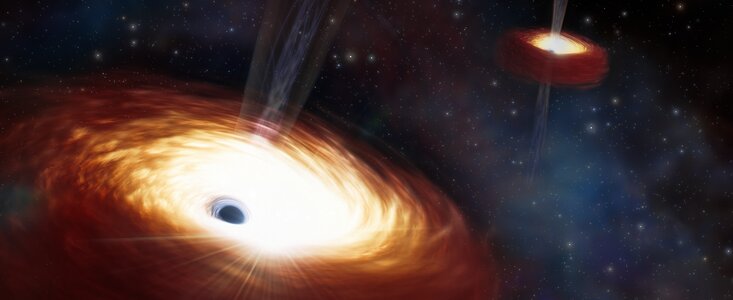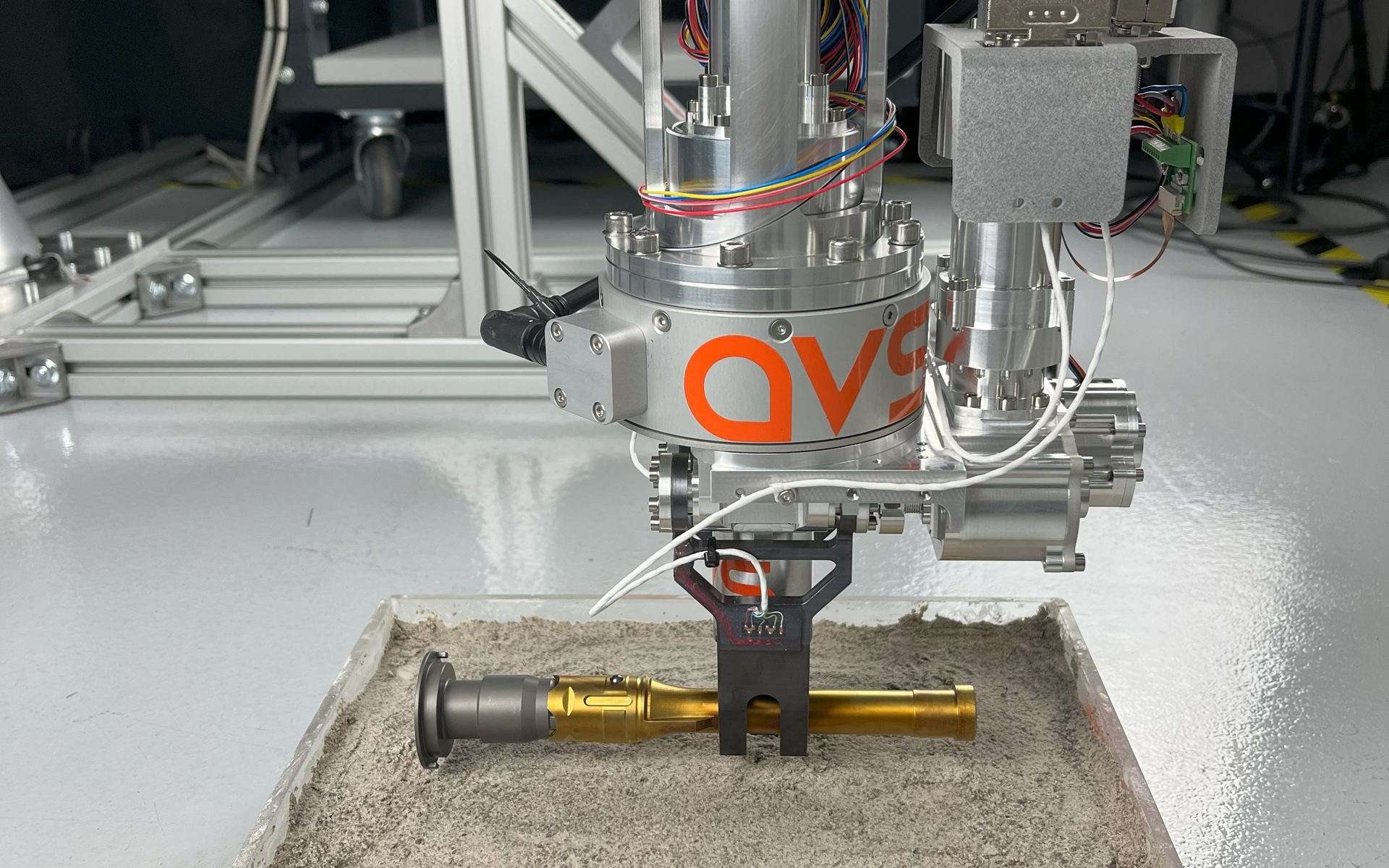Of all the stars in the sky, betelgeuse must be among the most enigmatic. One of its many mysteries surrounds the speed of its rotation which is surprisingly fast for a supergiant star. If it were placed where the Sun was, then its photosphere (visible layer) would be out around the orbit of Jupiter and it would be moving at 5 km/s. A new study now hints that instead of high rotation, it may be that the surface is boiling so furiously that it has been mistakingly identified as fast rotation.
Continue reading “Betelgeuse’s Surface is Boiling Furiously”Crew-8 Arrives at the ISS, Despite a Crack in the Capsule
Space travel seems to be a fairly regular occurrence now with crews hopping up and down to the International Space Station. This week, another crew arrived on board a SpaceX Dragon capsule known as Endeavour. On board were NASA astronauts Matthew Dominick, Michael Barratt and Jeanette Epps along with cosmonaut Alexander Grebenkin. The ISS already had seven people on board so this brought the total crew to eleven. The launch almost got cancelled due to a crack in the hatch seal.
Continue reading “Crew-8 Arrives at the ISS, Despite a Crack in the Capsule”Astronomers Find the Most Massive Pair of Supermassive Black Holes Ever Seen
Supermassive black holes have been found at the heart of most galaxies but understanding how they have formed has eluded astronomers for some time. One of the most popular theories suggests they merge over and over again to form larger black holes. A recent discovery may support this however the pair of supermassive black holes are orbiting 24 light years apart and measure an incredible 28 billion solar masses making it the heaviest ever seen.
Continue reading “Astronomers Find the Most Massive Pair of Supermassive Black Holes Ever Seen”What’s the Best Way to Pack for Space?
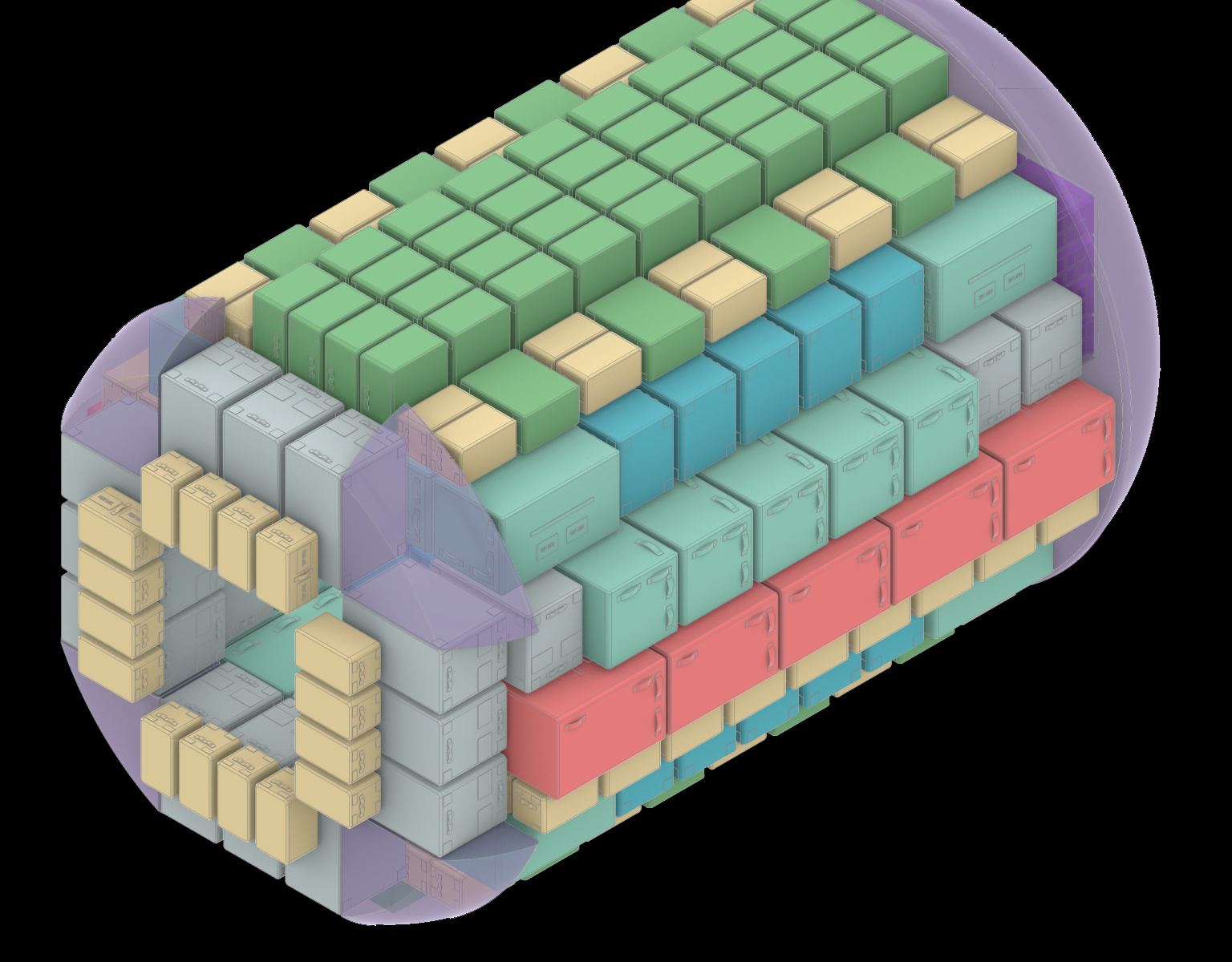
Packing to go to space is a lot like getting ready for a plane ride with only a carry-on bag. You have to maximize the use of the space in your bag at the same time you want to make sure you have what you need. That’s the challenge astronauts face in the upcoming Artemis moon missions. So, NASA held a competition to figure out the best and most innovative ways to store cargo for the missions.
Continue reading “What’s the Best Way to Pack for Space?”Webb Sees a System That Just Finished Forming its Planets
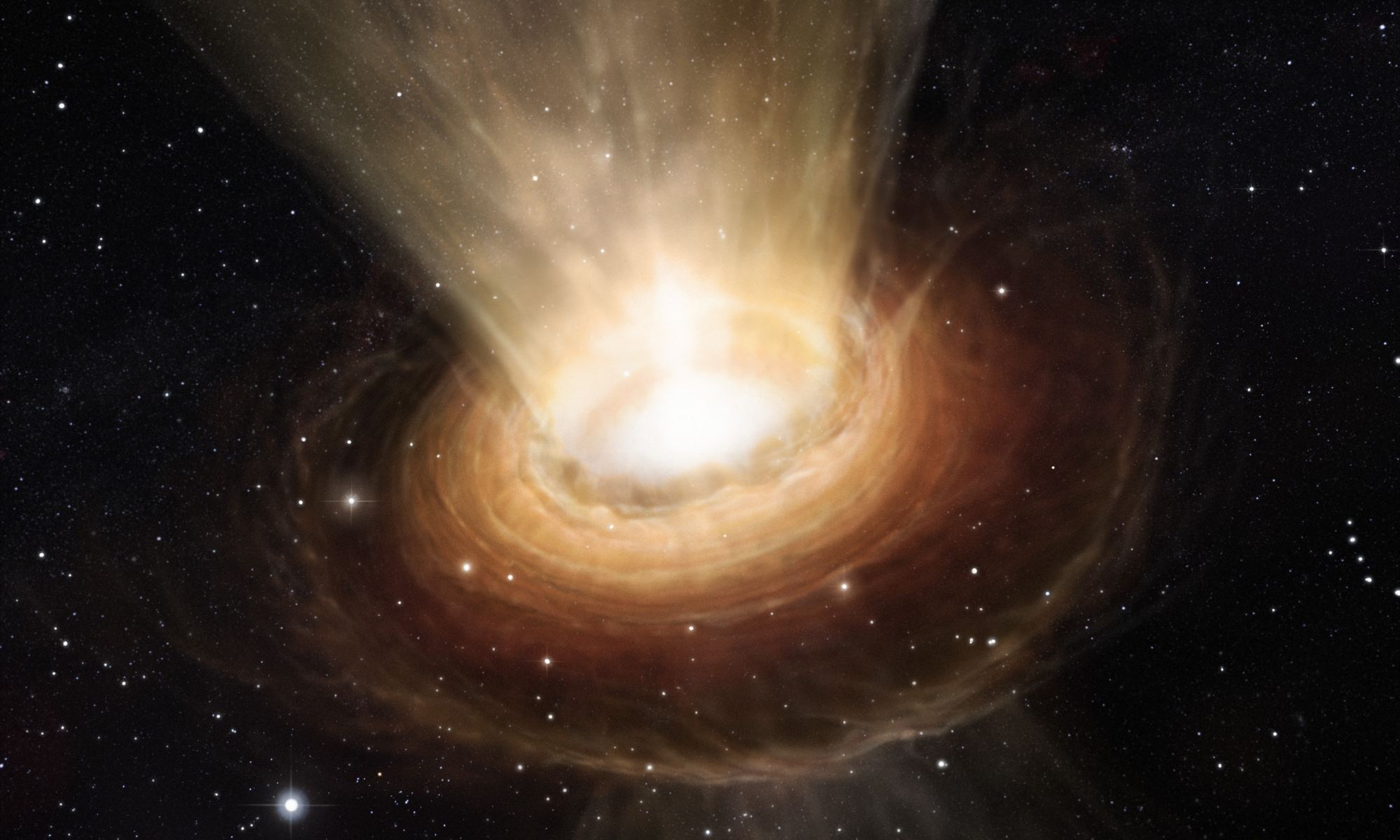
Nearly 5 billion years ago a region of gas gravitationally collapsed within a vast molecular cloud. At the center of the region, the Sun began to form, while around it formed a protoplanetary disk of gas and dust out of which Earth and the other planets of the solar system would form. We know this is how the solar system began because we have observed this process in systems throughout the galaxy. But there are details of the process we still don’t understand, such as why gas planets are relatively rare in our system.
Continue reading “Webb Sees a System That Just Finished Forming its Planets”Webb Sees a Surprisingly Active Galaxy When the Universe Was Only 430 Million Years Old
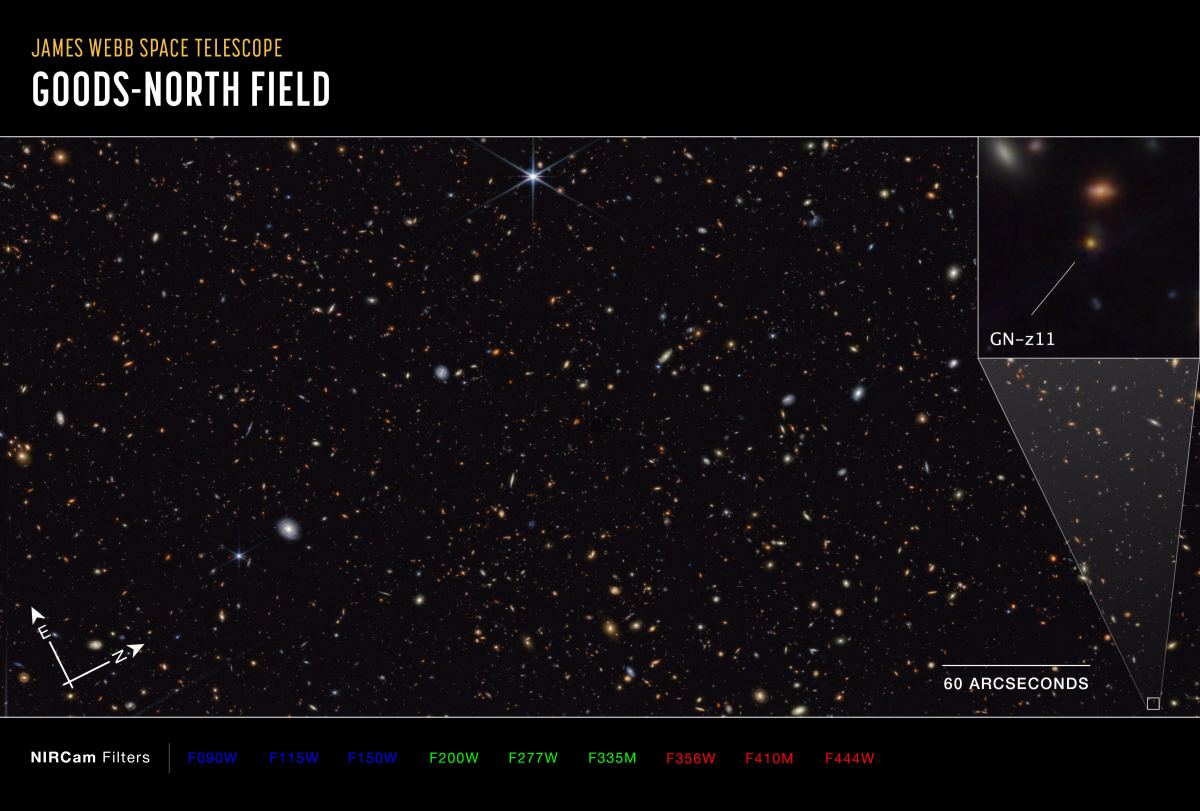
Unlocking the mysteries of the early Universe is one of the JWST’s primary endeavours. Finding and examining some of the first galaxies is an important part of its work. One of the Universe’s first galaxies is extraordinarily luminous, and researchers have wondered why. It looks like the JWST has found the answer.
Continue reading “Webb Sees a Surprisingly Active Galaxy When the Universe Was Only 430 Million Years Old”Juno Measures How Much Oxygen is Being Produced by Europa
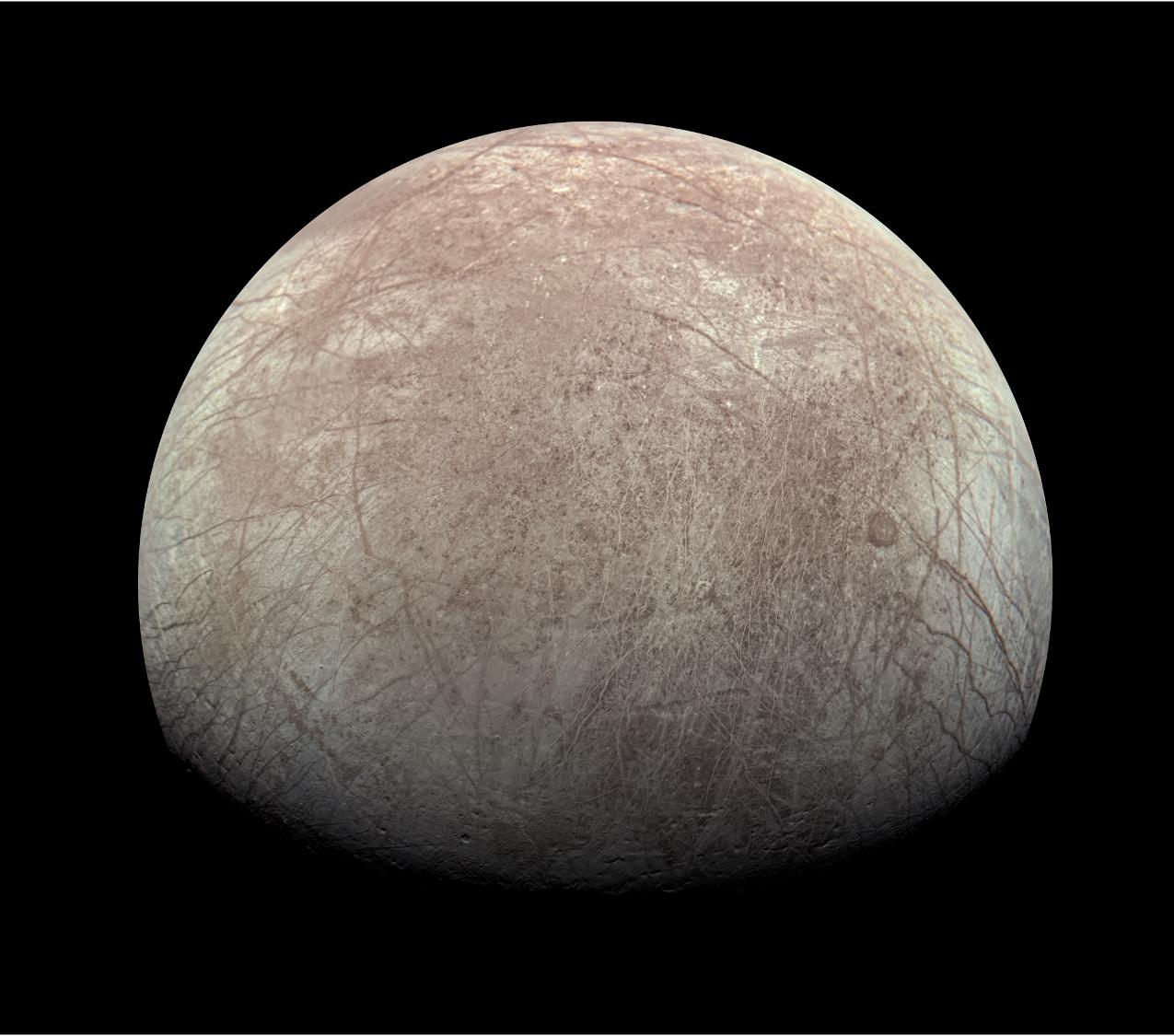
If the periodic table listed the elements in order of their importance to life, then oxygen might bully its way to the top. Without oxygen, Earth’s complex life likely would not exist. So when scientists detect oxygen on another world, they turn their attention to it.
Continue reading “Juno Measures How Much Oxygen is Being Produced by Europa”The LIFE Telescope Passed its First Test: It Detected Biosignatures on Earth.
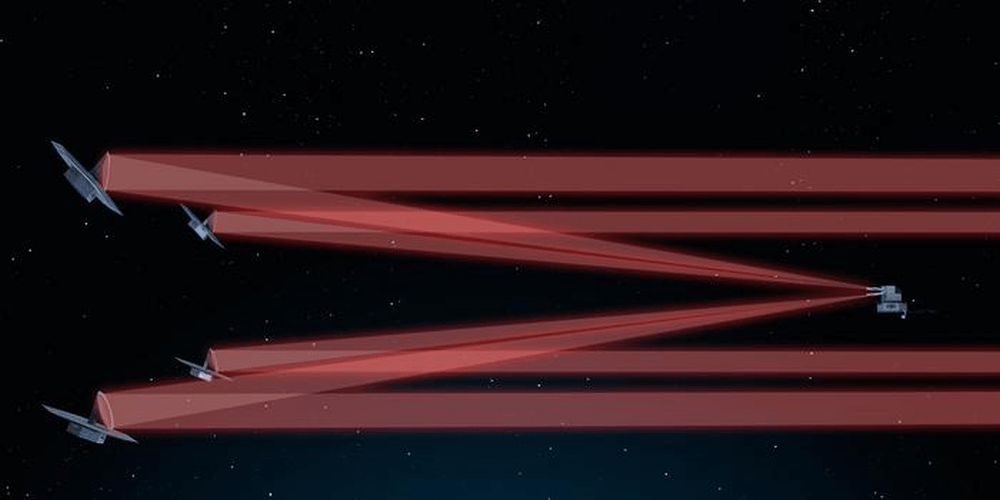
We know that there are thousands of exoplanets out there, with many millions more waiting to be discovered. But the vast majority of exoplanets are simply uninhabitable. For the few that may be habitable, we can only determine if they are by examining their atmospheres. LIFE, the Large Interferometer for Exoplanets, can help.
Continue reading “The LIFE Telescope Passed its First Test: It Detected Biosignatures on Earth.”Massive Stars Have the Power to Shape Solar Systems
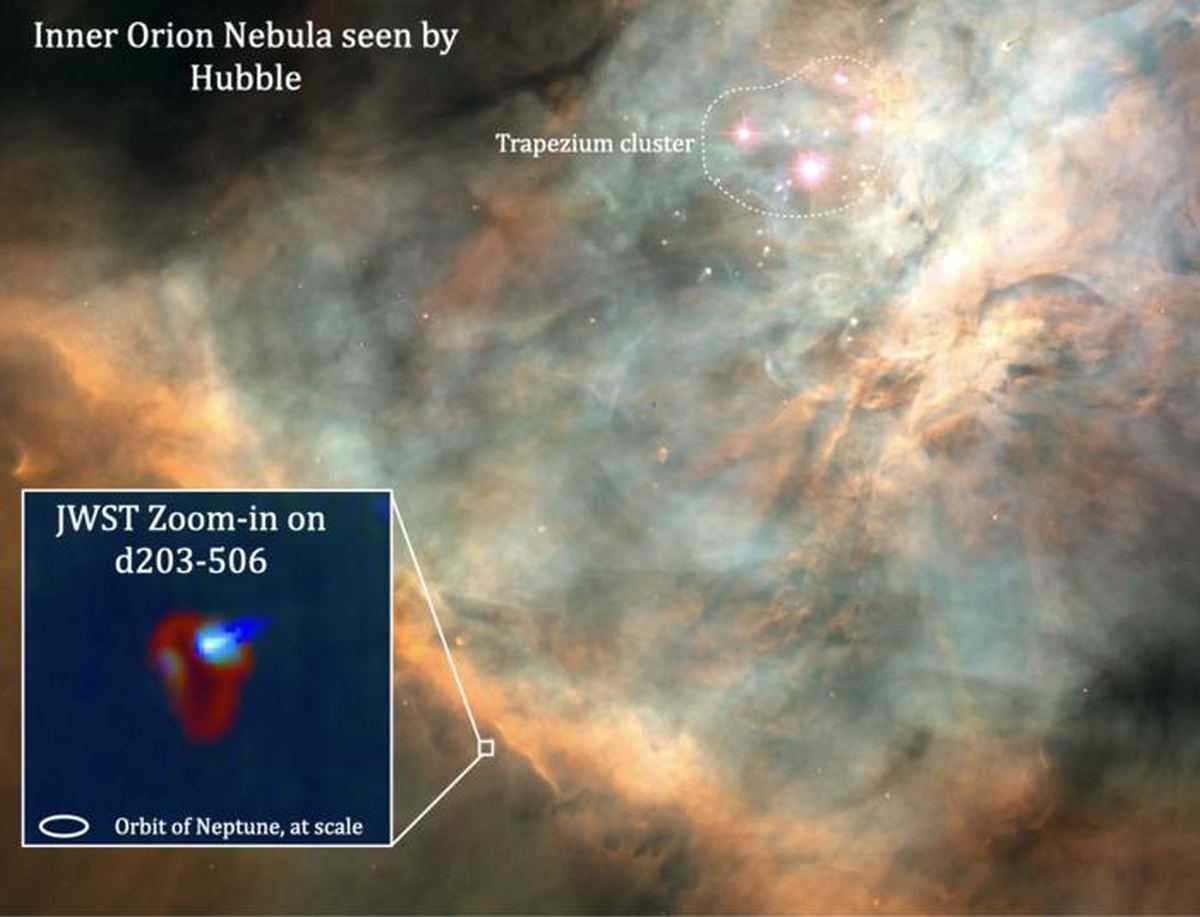
Stars shape their solar systems. It’s true of ours, and it’s true of others. But for some massive stars, their power to shape still-forming systems is fateful and final.
Continue reading “Massive Stars Have the Power to Shape Solar Systems”Grabbing Samples from the Surface of Mars
As if the Mars Perseverance Rover and Ingenuity Drone were not exciting enough then the next step in this audacious mission takes it to a whole new level. Mars Sample Return Mission is to follow along, collect and return the samples collected by Perseverance back to Earth. However the status of Mars Sample Return is uncertain as engineers are still working on technology to retrieve the samples. The current challenge is the gripper arm that will collect the samples and stow them safely and securely before transportation without damaging them.
Continue reading “Grabbing Samples from the Surface of Mars”
